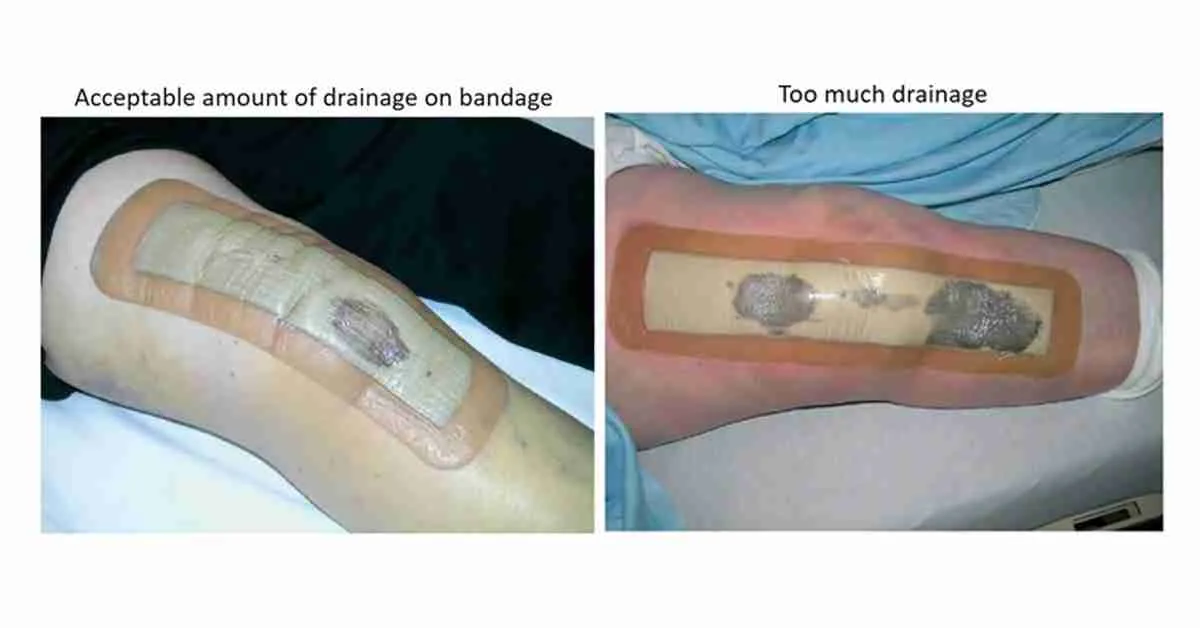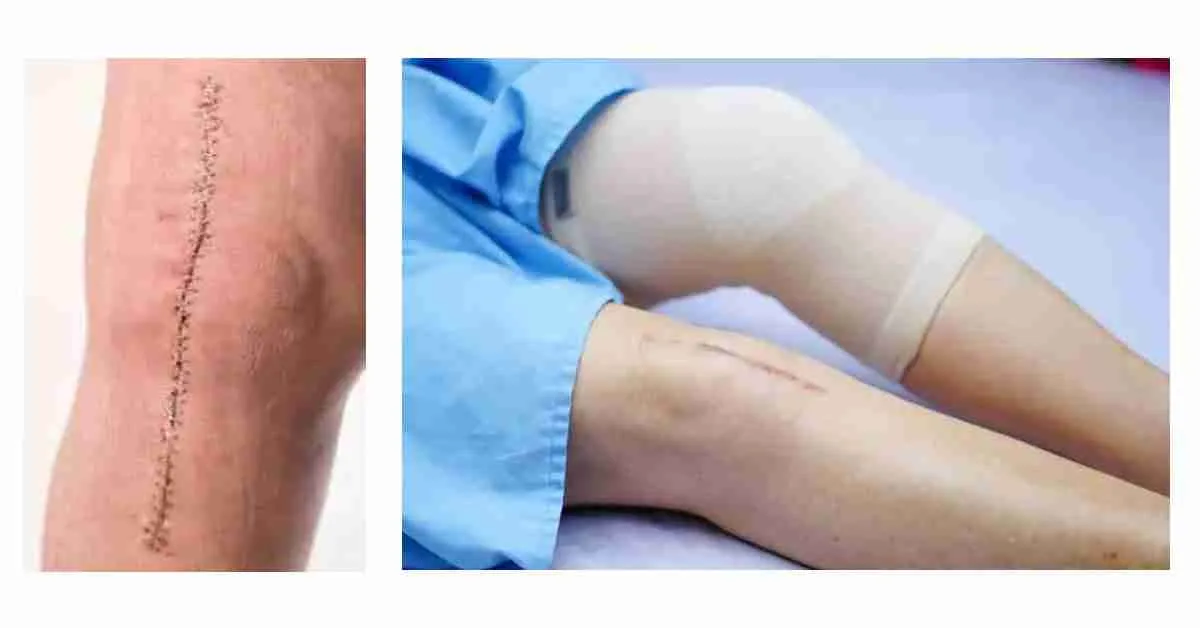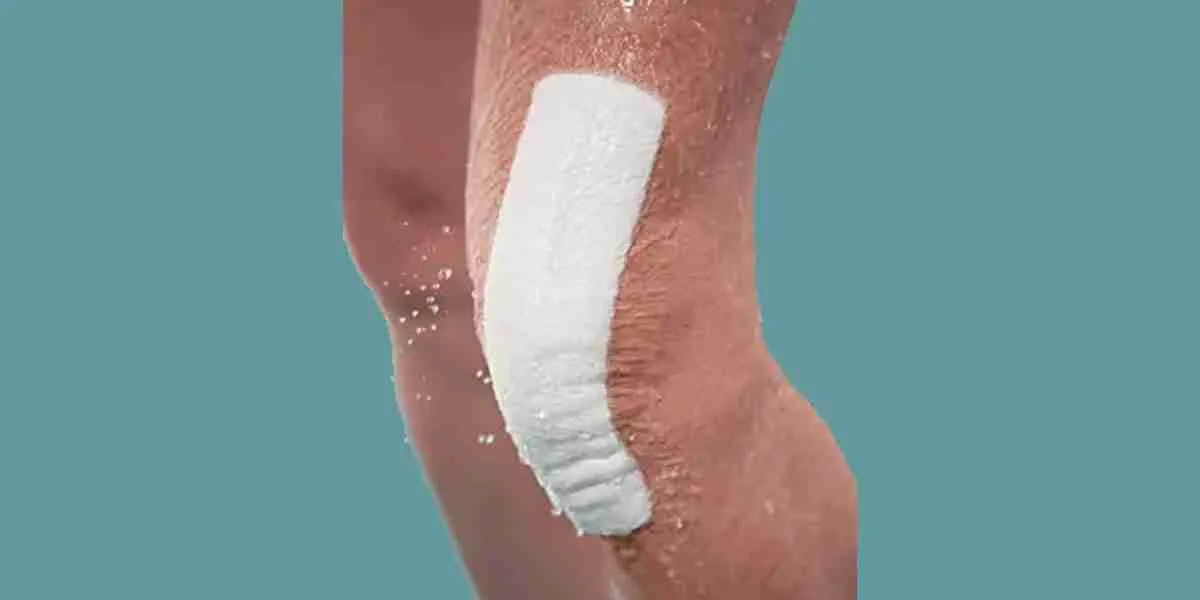Wound healing begins before surgery
Better wound healing begins with preoperative optimization for surgery. Risks for developing complications include smoking, obesity, fragile skin, diabetes, nutrition, prior wounds, and certain medications. Avoid tobacco, maintain a healthy weight and eat a well-balanced diet. Talk with your doctor regarding medications that you may be taking prior to surgery and how these medications may affect wound healing.
Smaller incisions and improved healing
Smaller incision lengths play a role in improved healing. The benefits of smaller incisions include improved cosmetic appearance, less wound drainage, and quicker healing. Long surgical incisions are often required for complex surgeries. As a fellowship-trained joint replacement surgeon, my incisions are only as long as they need to be. This allows for a less invasive approach, avoiding many of the problems with longer incisions.
Wound closure without staples
There are many ways to close a a wound. Traditionally, total knee replacements were closed with sutures buried under the skin with staples over the top. Removal of the staples occurs 10 to 14 days after surgery. Modern cosmetic techniques involve sutures entirely underneath the skin, covered by a layer of medical glue. This eliminates the need for staples. This technique provides the following benefits:
- Faster closure times
- Improved cosmetic appearance
- Lower cost of surgery
- No requirement remove staples or sutures during follow-up
- Improved blood flow to the skin edges
- Lower rates of superficial skin infection
- Less postoperative drainage
Water-resistant dressings
After joint replacement, there are many dressings used to prevent wound infection. Many years ago, gauze was used to cover wounds post-operatively. This requires daily dressing changes and avoidance of showering until the dressing is dry. Modern dressings are water-resistant and you may shower while wearing the dressing. Do not allow the water to strike the dressing directly, but instead allow for the water to gently roll over it. These dressings also prevent contamination from the outside environment. The dressings that I use contain silver, which works as an anti-microbial material. You may keep the dressing on without changing it until follow-up at 7 to 10 days after surgery.
If you notice that the dressing becomes soaked with fluid, please notify our office immediately.

Vacuum-assisted dressings for complex wounds
For patients who are at higher risk for a joint infection or wound healing problems, a negative pressure therapy will be used. Negative pressure therapy provides a vacuum to the wound. The typical bandage that is placed is made of foam, covered with a water-resistant barrier, and connected to suction through a plastic tube. This suction therapy will help maintain the edges together, reduces swelling, decreases tension, and removes any draining fluid.
Scar management during your healing process
Scars begin to develop after your wound heals. The scar appearance improves over the course of the year. Scar appearance improves with massage. As an adjunct, a silicone gel or sheet can be applied during this massage treatment. Silicone works by forming a breathable, protective shield over the scar. This protective shield maintains that the hydration around the scar and prevents excessive collagen formation at the scar. Alternatively, you may use a lotion that has Vitamin E within it. UV exposure, such as from sunlight can increase the pigmentation and thickness of the scar. Avoiding sunlight on the wound or wearing sunscreen will improve the scar appearance.
Do you have questions or concerns about your incision after your surgery? Schedule an appointment at (808) 548-7033.
[contact-form-7 id=”5330″ title=”post form”]



